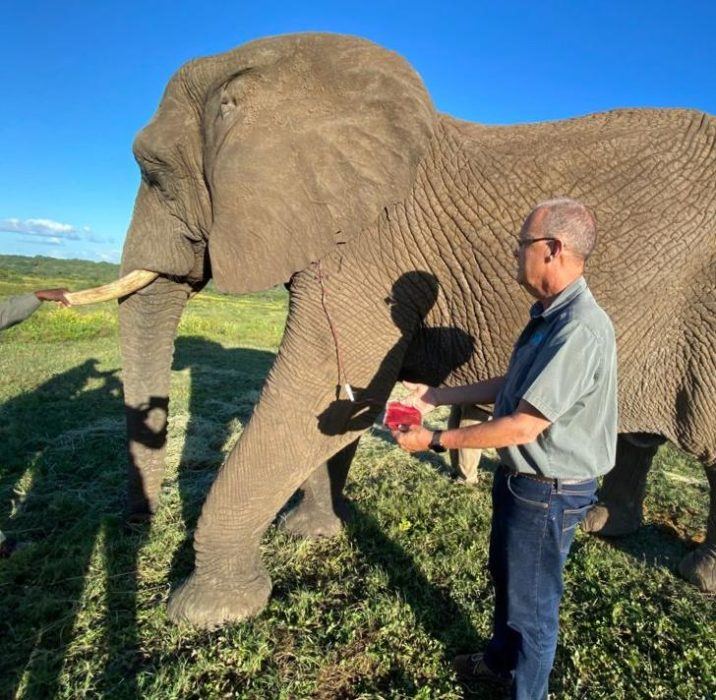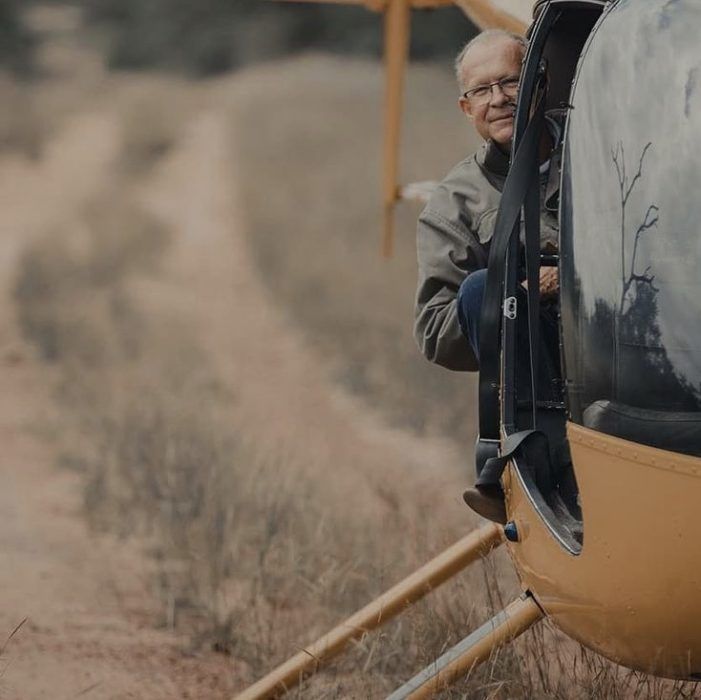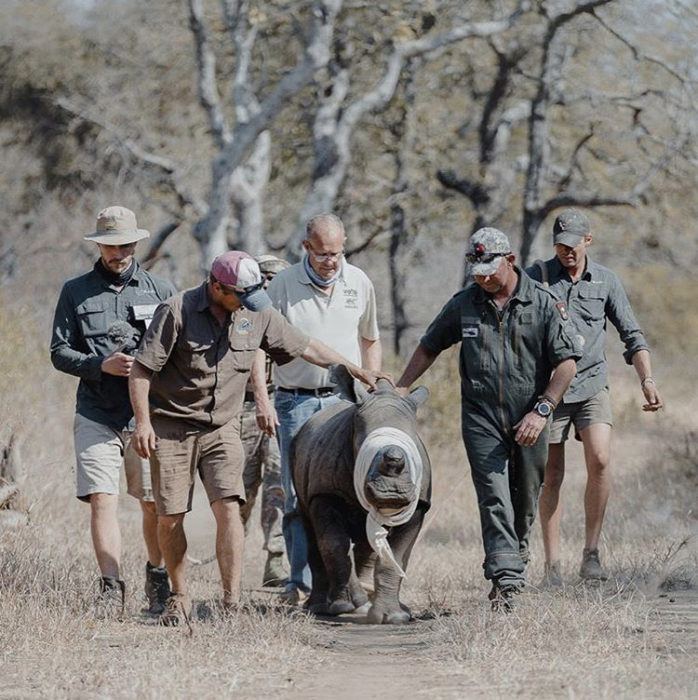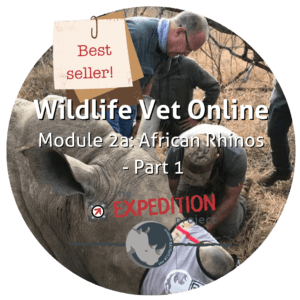Becoming a wildlife veterinarian requires a significant amount of education, training, and experience. It is a specialized field that involves working with wild animals in their natural habitats or wildlife rehabilitation centres, and it can be challenging due to the unique and often unpredictable nature of wildlife veterinary care. While pursuing a career as a wildlife veterinarian is possible, it is important to understand that it may not be easy, and it typically requires a high level of dedication and commitment.

Here are some general steps that are typically involved in becoming a wildlife veterinarian:
- Obtain a Bachelor’s degree: Typically, aspiring wildlife veterinarians start by obtaining a Bachelor’s degree in a related field such as biology, zoology, or veterinary science.
- Gain veterinary experience: After obtaining a Bachelor’s degree, aspiring wildlife veterinarians typically gain experience by working in veterinary clinics or animal hospitals to gain practical veterinary skills and knowledge.
- Obtain a Doctor of Veterinary Medicine (DVM) degree: To become a licensed veterinarian, aspiring wildlife veterinarians must complete a Doctor of Veterinary Medicine (DVM) program at an accredited veterinary school. This typically takes four years of additional education.
- Gain wildlife veterinary experience: After obtaining a DVM degree, aspiring wildlife veterinarians typically gain additional experience by working with wildlife species in various settings, such as wildlife rehabilitation centres, game reserves, national parks, or with wildlife conservation organizations.
- Pursue specialized training or residency: Some wildlife veterinarians may pursue specialized training or residency programs to gain further expertise in wildlife veterinary care. These programs typically involve additional education and training in areas such as anaesthesia, surgery, and wildlife disease management.
- Obtain relevant licenses and certifications: Wildlife veterinarians may need to obtain relevant licenses and certifications depending on the specific requirements of the country or region they are practising in.
- Continuously update knowledge and skills: Wildlife veterinary medicine is a constantly evolving field, and it is important for wildlife veterinarians to stay updated with the latest research, techniques, and best practices through continuing education and professional development.



Please note that the specific requirements to become a wildlife veterinarian may vary depending on the country or region you are interested in practising in. It is recommended to research the requirements and regulations in your desired location and seek guidance from established wildlife veterinarians or veterinary organizations for accurate and up-to-date information.




















Leave a Reply
You must be logged in to post a comment.